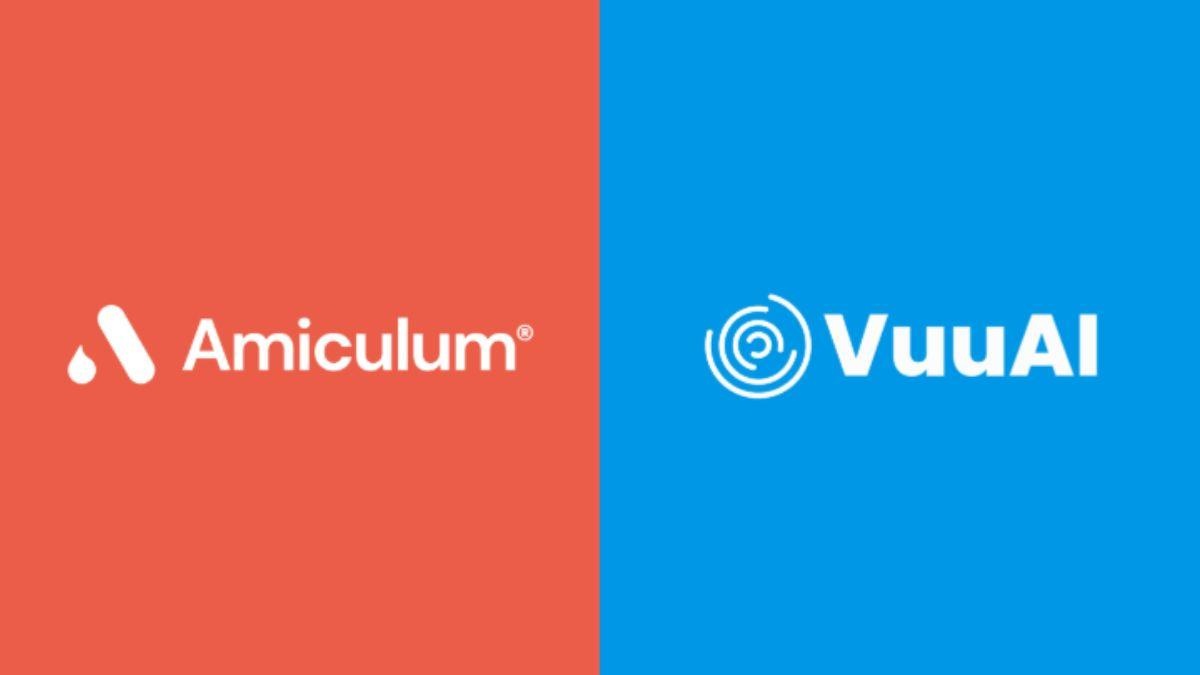Bad KOL data is expensive: Harnessing high-quality data for biopharma innovation

Accurate, timely, and connected data on key opinion leaders (KOLs) - encompassing their scientific and digital activities, collaborations, and associations - has become critical for success at every stage of the drug delivery lifecycle. This data supports clinical trials and engagement strategies to strengthen relationships and ultimately enhance patient outcomes.
As biopharmas increasingly rely on AI and advanced data-driven technologies, evaluating the quality of data - and the costs of bad data - can help to avoid significant financial risks and missed opportunities.
The hidden costs of bad KOL data
Biopharmas are becoming more aware of the vital role data plays in advancing research, improving decision-making, and shaping strategies. However, without thoroughly analysing the accuracy and completeness of the data they rely on, even the best-intentioned strategies can create a cascade of challenges that have far-reaching consequences.
1. Compromised medical and marketing strategies
Inaccurate or incomplete KOL data can lead to wasted medical and marketing resources targeting the wrong experts. Veeva Pulse data shows that early disease state education with KOLs is associated with 1.5 times greater treatment adoption. Without the right data, medical engagement is less impactful and marketing activities risk missing the experts with the most influence.
2. Missed engagement opportunities
Accurate KOL data is essential for ensuring that commercial and medical teams reach the right healthcare professionals (HCPs). When data is incomplete or outdated, sales teams may overlook high-prescribing HCPs or those that influence prescribing behaviour.
Access to validated, real-time data is also critical during congresses, where biopharmas have a limited window to engage with key stakeholders. Live speaker engagement updates, quickly filtering agendas for relevant sessions, and leveraging congress’ social media hashtags in one place can help teams refine their congress strategy in the moment. In real-time, they can identify high-priority KOLs, understand their collaboration networks, and adjust outreach efforts, ensuring interactions are targeted and relevant. Without this agility, organisations risk missing valuable opportunities to strengthen relationships and drive post-congress momentum.
3. Damaged relationships
Failing to target the right HCPs for a given activity, or sharing irrelevant information, can damage relationships, erode trust, and lead to missed collaborations. A recent survey of KOLs revealed that biopharmas can enhance interactions by understanding their interests and tailoring meetings to align with them. Without accurate insights into those interests, field teams risk alienating their most important customers.
The ultimate consequence of bad data is its effect on patient care. Delays in KOL education, failure to recruit for clinical trials, and ineffective engagement strategies all have the potential to delay the introduction of life-improving treatments to patients.
The realities of disconnected data
Even when the quality of data is high, if it's disconnected from other systems and across functions, its value is limited. In our recent KOL survey, 88% said that medical science liaisons provide relevant information, but their overall experience of engaging with pharma companies suffers because clinical, medical, sales, and marketing teams are not aligned. This leads to disconnected interactions.
Integrating data from various sources into internal systems can be costly. One large biopharma spent upwards of $1 million trying to integrate non-native data into their CRM system. Moreover, harmonising data across regions and teams, and bringing in external data to fill gaps, only adds to the expense.
This lack of connectedness means that data becomes fragmented and siloed, reducing its overall usefulness. It also prevents the data from being “AI-ready”. AI has the potential to transform the industry, but that benefit only comes when AI is applied to robust, accurate, and structured data.
The flip side: Unlocking the potential of deep data
Deep KOL data that is validated, structured, and globally connected can help biopharmas operate more efficiently and make more informed decisions at every stage of drug development and delivery.
When pharma teams have access to validated and complete data on HCPs and KOLs, they gain confidence in the data, leading to higher adoption and productivity. This deeper data can have a number of significant benefits, including helping teams build stronger customer relationships and drive more efficiencies.
1. More time for operational excellence
With deep KOL data, commercial and medical teams can access the insights they need quickly, freeing up time to execute with excellence. Less time and effort is needed for data cleaning and standardisation across regions, enabling cross-functional teams to make faster, more accurate decisions, both locally and globally. As Patrick Markt-Niederreiter, VP of digital excellence at Daiichi Sankyo Europe GmbH, notes, “Segmenting our KOLs used to take weeks or even months. Now, we can do it in less than one minute.”
2. Impactful KOL interactions
When data is easily accessible by the teams that need it – across functions and regions – data can start to deliver value across the entire organisation. This streamlined access allows for more customer-centric interactions with experts, where teams build on previous engagements and tailor interactions to strengthen relationships and drive treatment adoption. Sam Pinner, director of digital and data transformation, Europe at GSK reiterates this: “Access to the most up-to-date information enables representatives to walk into an HCP meeting with confidence.”
3. Successful AI utilisation
Data that is ready to be ingested into AI engines and data lakes fuels faster model-building, unlocking use cases and enabling scalability.
With access to validated, well-structured data, teams can make faster and smarter decisions. For example, when exploring a new area of research, one biopharma used deep KOL data with AI to quickly identify and categorise relevant medical topics based on impact, accelerating the path from data collection to strategic action. Without this connected data, the company said it would have spent all its time and resources on simply organising information, rather than deriving meaningful insights to inform its strategy. With connected data, biopharmas can shift their focus from data gathering to decision-making, leading to greater efficiency, agility, and impact.
Don’t let bad KOL data stand in your way
Bad KOL data is incomplete or unvalidated data that can lead to outdated insights or poor decision-making. Its unstructured, siloed, disconnected nature makes it difficult to analyse or act on effectively. The consequences of bad KOL data are clear: wasted resources, missed opportunities, damaged relationships and, ultimately, delays in bringing important treatments to market. However, by investing in high-quality, deep data, many leading biopharmas are already reaping a wealth of insights that improve efficiency, drive growth, and strengthen KOL engagement.
As AI continues to transform the industry, prioritising the quality and connectivity of data is key. Accurate, structured, and harmonised data lays the foundation for AI and advanced analytics, driving innovation and operational excellence to deliver better outcomes for patients.
About the author
 David Medina Tato is the vice president of strategy for Link Key People at Veeva. An experienced leader in both life sciences and technology, he is passionate about innovating healthcare through data and technology. He held international leadership roles at Boehringer Ingelheim and Sanofi, among other companies, before joining Veeva to head up product strategy for Link Key People globally. He has a medical degree and a PhD and has lived on three continents.
David Medina Tato is the vice president of strategy for Link Key People at Veeva. An experienced leader in both life sciences and technology, he is passionate about innovating healthcare through data and technology. He held international leadership roles at Boehringer Ingelheim and Sanofi, among other companies, before joining Veeva to head up product strategy for Link Key People globally. He has a medical degree and a PhD and has lived on three continents.











